You are here
Karakol town in Kyrgyzstan.
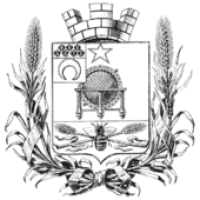
Cities at coast of lake Issyk Kul.
"City of Karakol is destined by its location to bring the beacon of Russian culture into the wilds of the Tien Shan, and therefore it will always be proud to bear the name of one of the outstanding pioneers of our movement to Asia, the world-famous traveler and explorer, the unforgettable N. Przhevalsky, this Russian hero, the herald of Russian power, Russian influence and Russian civilization in Central Asia."
Alexander Kaulbars. 1889.
Tours to Karakol in Kyrgyzstan.
City of Karakol is located at an altitude of 1670 to 1937 meters above sea level, is located partly on northern slope of Terskey Ala-Too ridge and foothill plain to south of village of Jany-Aryk, in lower part, on right and left banks of Karakol River, 12 kilometers from southern coast of Przhevalskoye Bay of Lake Issyk-Kul, in eastern part of Issyk-Kul region.
The distance to Bishkek is 400 kilometers, and to the nearest railway station Balykchy - 220 kilometers by road or 184 kilometers by water. In 1922, the city was given back its original name - Karakol. However, in 1939, in honor of the centenary of the birth of N. M. Przhevalsky, it was again renamed Przhevalsk.
After the declaration of independence of Kyrgyzstan in 1992, the city returned to its historical name. On September 1, 2013, Secondary School No. 15 opened in the Voskhod microdistrict, the construction of which began in 1989, but was suspended. In 2023, the Chelpek ayil district, previously part of the Ak-Suu district, officially became part of Karakol.
Near the city, near the village of Koysary (formerly Pokrovka), there is the 954th test base of the Russian Navy, designed for testing torpedoes and mines. As of 2022, 85,588 people lived in the city.
Climate of Karakol is continental, but due to the proximity of the non-freezing Lake Issyk-Kul, it is relatively mild and has small temperature differences. Summers are warm, and winters are moderately cold. The average annual temperature is about +5 °C, in January - about -6 °C, and in July - up to +18 °C.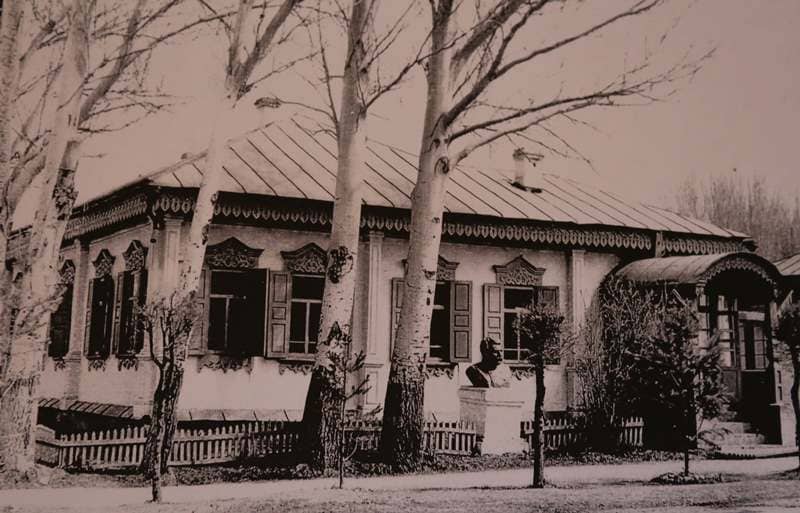
From 350 to 450 mm of precipitation falls during the year. Snow cover lasts from mid-November to the end of March, and in February its thickness reaches 30 cm. The population of Karakol is multinational. Kyrgyz and Russians make up over 80% of the residents. In recent years, there has been an outflow of the Russian-speaking population, including Germans.
Industry of Karakol. Karakol is the industrial center of the Issyk-Kul region, where various enterprises operate. Issyk-Kul Electro JSC is represented in the field of mechanical engineering. The food and processing industry includes Karakol-Buudai JSC (grain processing), Ak-Bulak JSC (dairy products), Seyil JSC (soft drink production) and Toshtuk JSC (meat processing).
Temir-Beton JSC operates in the construction industry, while Aiko-Seiko LLC operates in the light industry. In addition, the city is home to the Karakol Free Economic Zone (FEZ), established by the Kyrgyz government. During the Soviet period, various industries were developed in the city, including mechanical engineering, electrical engineering, light industry, and food industry.
The electrical engineering plant produced transformers, low-voltage equipment, and household appliances. During the Soviet period, various industries were developed in the city, including mechanical engineering, electrical engineering, light and food industries.
The electrical engineering plant produced transformers, low-voltage equipment and household electric stoves. There was a shoe factory producing national footwear, as well as a clothing factory. In the food industry, there was a meat processing plant, a bakery and a brewery. After the loss of industrial potential, the city's residents were engaged in handicraft production, trade, transportation and agriculture.
Karakol has educational institutions, including the Issyk-Kul State University named after Kasym Tynystanov, the Alyshpaev Institute of Cooperation, a branch of the Moscow Institute of Entrepreneurship and Law, the Issyk-Kul Center of the Law Academy, medical and pedagogical schools, a music school, and a cooperative technical school. There are also 15 comprehensive schools, 2 gymnasiums and 2 lyceums in the city.
Architectural and educational attractions of Karakol include the Holy Trinity Orthodox Cathedral, the Dungan mosque, the city history museum, and the only zoo in Kyrgyzstan, Bugu-Ene, founded in 1987. In addition, the city has a hippodrome, opened in 1959.
Przhevalsk was distinguished by an abundance of greenery and resembled a real garden city. Irrigations flow along the streets, filling the air with the murmur of water, and alleys of thirty-meter pyramidal poplars stretch along the sidewalks. Their massive white trunks, embraced by two hands, create the feeling of a majestic colonnade.
Tien-Shan firs, oaks, elms, poplars, walnut trees, maples and birches spread out in the old park. The total area of the city is 4.8 thousand hectares. Karakol has a continental climate, but due to the proximity of the non-freezing Lake Issyk-Kul, it is relatively mild and has small temperature differences.
Summers are warm here, and winters are moderately cold. The average annual temperature is about +5 °C, in January - about -6 °C, and in July - up to +18 °C. From 350 to 450 mm of precipitation falls during the year. Snow cover lasts from mid-November to the end of March, and in February its thickness reaches 30 cm.
Karakol has a multinational population. Kyrgyz and Russians make up over 80% of residents. In recent years, there has been an outflow of the Russian-speaking population, including Germans. According to data for 2022, 85,588 people lived in the city.
Karakol industry. electric stoves. There was a shoe factory producing national footwear, as well as a clothing factory. In the food industry, there was a meat-packing plant, a bakery, and a brewery. After the loss of industrial potential, the city's residents were engaged in handicraft production, trade, transportation, and agriculture.
Below is information about industry, organizations, and various services of city of Karakol (some of them operated until 1991).
Opium poppy of Karakol.
On the southeastern outskirts of the city were the fields of the zonal experimental station of the Institute of Medicinal Plants. The richest collection of about a thousand varieties of opium poppy was sown in the fields of the station. The Issyk-Kul Regional Scientific and Production Association for Agriculture (Issyk-Kul Regional Scientific Center of the AIC) of the State Committee for Agriculture of the Kirghiz SSR was located in the city of Przhevalsk on Leninsky Komsomol Street, 118.
It was created in 1988 on the basis of the Issyk-Kul Agricultural Experimental Station, the Chelpek Experimental Experimental Farm, the Karakol State Farm, and the Naryn Agricultural Experimental Station. It was engaged in the coordination, planning, and financing of research and development work in the region.
The Issyk-Kul Regional Library named after V. I. Lenin was located in the city of Przhevalsk (Karakol) on Lomonosov Street. It was founded in 1902. Since 1972 it has had its current name. The book fund amounted to 121,900 copies in Russian and Kyrgyz languages, there were 7,300 readers (data for 1990). The reading room has 40 seats.
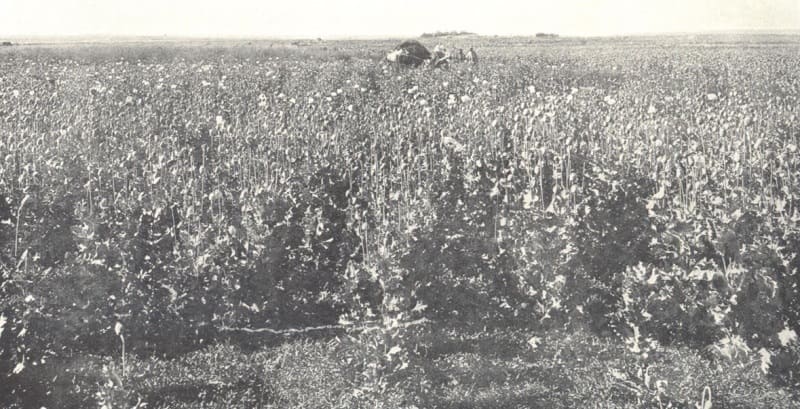
Issyk-Kul Regional Hospital is located in city of Przhevalsk (Karakol) on Leninskogo Komsomol Street, 11. It was founded in 1968. Provides medical and preventive care to the population of the region. The hospital has 425 beds. Specialized departments: therapeutic (40 beds), infectious diseases for adults (20) for children (40), surgery (60), traumatology (45), urology (30), for pregnant women and women in labor (50), gynecology 40, neurology (30), ophthalmology (30), otolaryngology (30).
Auxiliary departments and offices: radiology, dentistry, electrocardiography, physiotherapy, blood transfusion, endoscopy, surgery, contact vision correction room. The number of doctors as of January 1, 1989 was 66 people, mid-level medical personnel - 237 people.
The outpatient department is designed for 150 visits. Doctors' appointments at the clinic are conducted in 8 specialties.
Issyk-Kul Regional Children's Library was located in city of Przhevalsk (Karakol) on Krasnoarmeyskaya Street, 41. It was founded in 1972 on the basis of Przhevalsk City Library No. 1. The book fund was 58,900 copies in the Kyrgyz and Russian languages; 3,800 readers (data for 1990). Provides methodological assistance to children's and school libraries in the region.
Issyk-Kul Regional Veterinary Laboratory was located in city of Przhevalsk (Karakol) at the address - Proletarskaya Street, 136. It was organized in 1933 as the Karakol Consultative and Diagnostic Veterinary Laboratory. From 1971 to the present day, this is the name. Conducts diagnostic studies and research of feed, meat, milk and others.
In 1988, bacteriological studies were conducted - 10,508; in biology - 2,800; parasitology - 6,463; microscopy - 1,771; copromicroscopic - 87,625; serology - 945,430; chemical toxicology - 4,689; biochemistry - 28,319; pathological-anatomical - 82,506 and others. As of January 1, 1989 - 11 departments, 56 people worked.
Regional office of Prombank of USSR Issyk-Kulskaya was located in the city of Przhevalsk (Karakol) at 57 Torgoeva Street. It was organized in 1988. It carried out comprehensive credit and settlement services for associations, enterprises, organizations and institutions in the agro-industrial complex and consumer cooperation of the region.
It had 1 operational department, 10 subdivisions, departments (Karakol, Kochkor, Chaek, Baetovskoye, Tyanshanskoye, Atbashinskoye, Bokonbaevskoye, Pokrovskoye, Tyupskoye, Teploklyuchenskoye) and 2 authorized points (in the cities of Issyk-Kul and Cholpon-Ata.
As of January 1, 1989, 337 enterprises were credited, 852 organizations that did not use credit were serviced; short-term credit investments amounted to 3889 million rubles, long-term loans - 1261 million rubles.
Regional State Seed Inspectorate, Issyk-Kul Regional State Seed Inspectorate was located in the city of Przhevalsk (Karakol) on Kirov Street, 94. It was created in 1971. It carries out state control over the cultivation, storage and preparation of seeds for sowing, the quality of planting fruit and grape material in the region's farms. As of January 1, 1990, the inspection had 4 employees.
Regional Institute for Advanced Training of Teachers and Public Education Workers. Founded in 1975. It is an educational and methodological institution that carries out advanced training for teachers and other public education workers. Organized courses, seminars and other events. As of January 1, 1989, there were 2
Przhevalskaya Shoe Factory of the Ministry of Local Industry of the Kirghiz SSR was located in the city of Przhevalsk in the Industrial Zone. It was created in 1942 as a light industry combine on the basis of the industrial cooperatives "Shveynik", "Pyatiletka" and evacuated shoe and sewing factories.
During the Great Patriotic War, it sewed boots and short fur coats for the Red Army. In 1948-1956, the Przhevalskaya Shoe and Sewing Factory, in 1957, after the separation of sewing production into an independent enterprise, a shoe factory was put into operation (in 1975 it had 86 branches of the Alamedin Fur Association), since April 1, 1986, the Przhevalskaya Shoe Factory.
The main products are women's and men's national boots (ichigi), mittens and others. In 1988, the output was 2.7 million rubles. Has a library, subsidiary farm.
Catering in Karakol. In 1989, in the management system of the regional executive committee 206 catering enterprises with 114,000 seats, annual turnover (for 1988) over 133,000,000 rubles. Catering is handled by Przhevalsky Trust "Obshchepit" (annual turnover on average 51.4 million rubles), Issyk-Kul Trust "Obshchepit" (annual turnover on average 2.8 million rubles), "Issykkulkurortorg" (on average 1.7 million rubles), Narynsky Gortorg (2.6 million rubles), Kadzhisayskaya trading office (on average 0.9 million rubles).
These enterprises include 7 restaurants (with 1,000 seats) and 29 cafes (with 1,228 seats), and canteens. In addition, the organization of public catering is part of the functions of the workers' supply departments (ORS) and other departments.
The regional consumer union system includes 364 public catering enterprises with 17,700 seats and an annual turnover of about 17.0 million rubles. Large ones include: the Salkyn restaurant in the village of Pokrovka; 60 seats; has a 20-seat bar; a culinary store with an annual turnover of about 400,000 rubles; a confectionery shop with 2.5 centners of products per shift), the Molodezhny bar in the village of Ananyevo with 60 seats; with a turnover of over 60,000 rubles, a teahouse in the village of Chon-Sary-Oy for 40 people with a turnover of about 60,000 rubles, and others.
Notary offices in city of Przhevalsk (Karakol), government agencies certifying contracts, powers of attorney, wills, the authenticity of signatures on documents, and others. They operated in all the cities and district centers of the region: the city of Issyk-Kul (Balykchy) on Chkalova Street, 98, in the city of Przhevalsk (Karakol) on 1-go Maya Street, 15, in the city of Naryn on Lenin Street, 74, in the city of Cholpon-Ata on Sovetskaya Street, 137, in the Jetiogyuz District in the village of Pokrovka on Bazarnaya Street, 54, in the Tyup District in the village of Tyup on Lenin Street, 8, in the Aksuu District in the village of Teploklyuchenka on Gorky Street, 2, in the Ton District in the village of Bokonbaevo on Shkolnaya Street, in the Atbashinsky District in the village of At-Bashy, in the Aktalinsky District in the village of Baetovo, in the Dzhumgalsky District in the village of Chaek on Lenin Street, in the Kochkor District in the village of Kochkor on Frunzenskaya, 105. Subordinated to the justice department of the regional executive committee. In settlements where there are no notary offices, notarial acts were performed by the executive committees of local Councils of People's Deputies.
Geographic coordinates of city of Karakol: N42°29'30 E78°23'42


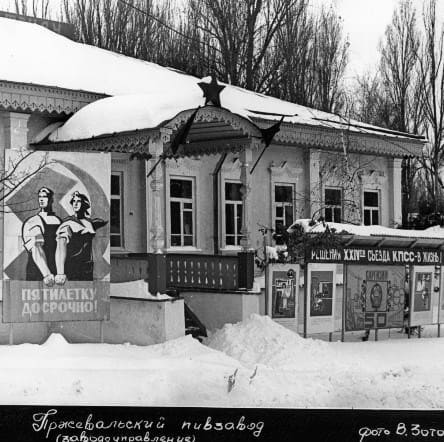
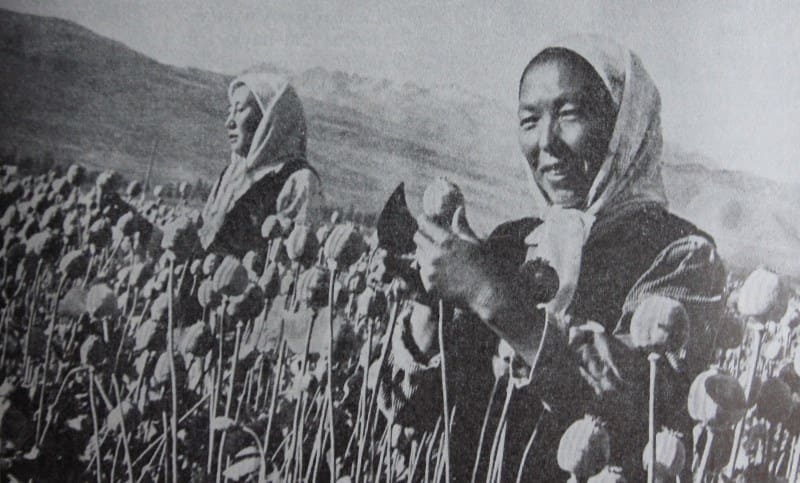
Authority:
Alexander Petrov.
Encyclopedia "Issyk-Kol. Naryn". Academy of Sciences of the Kyrgyz SSR. Frunze. 1991.
Photos by:
https://save-karakol.tilda.ws/page1644612.html







